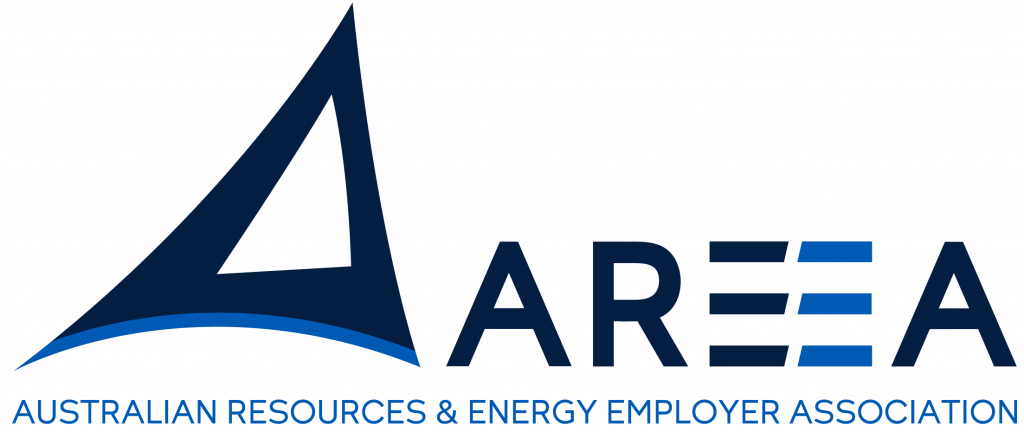THE FEDERAL Court of Australia has dismissed BHP Mitsubishi Alliance’s (BMA) appeal of last year’s contentious Fair Work Commission decision that granted CFMEU officials access to the crib rooms of dragline machinery at the joint venture’s central Queensland Caval Ridge coal mine.
Background
The case, which gathered widespread attention as a landmark test of the controversial ‘lunchroom access provisions’ of the Fair Work Act, added to the legislation by then-workplace relations minister Bill Shorten in 2013, involved the CFMEU seeking access to two draglines to hold discussions with three BMA employees.
The single commission member decision saw Deputy President Asbury find the dragline crib rooms were not rooms or areas within the meaning of s.492(3) given that those areas on the dragline were primarily functional work areas, i.e. areas within operating pieces of equipment.
The CFMEU appealed DP Asbury’s ruling to a Full Bench of the Fair Work Commission, which ultimately agreed with the union that the dragline crib rooms fell within the description of paragraph (b).
DP Asbury was incorrect in interpreting s.492(3)(b) as meaning that the area must be for the ‘primary’ or ‘single’ purpose of taking a meal or other breaks, the Full Bench said.
“We do not consider that the use of the area for multiple purposes deprives it of the description in paragraph (b). The words of the paragraph do not require a sole purpose or a sole use and there would be few areas of any workplace that could fit such a description,” the Full Bench said.
“In our view the key consideration is the purpose or purposes of providing the area from the employer’s perspective. As the area is provided, in part, for the taking of meal and other breaks it satisfies the description in paragraph (b).”
Read AREEA’s write-up of the Full Bench decision here.
Federal Court dismisses BMA appeal
In the employer’s latest attempt to prevent union access to its draglines, BMA appealed to the Federal Court on jurisdictional grounds, asking the Court whether “purpose” of the “default location” in s492(3)(b) requires the single or sole purpose of the room or area to be taking meal or other breaks.
In the decision of Justices Jessup, Tracey and Reeves, the Court backed the Full Bench’s interpretation of the ‘lunchroom provisions’ and dismissed BMA’s appeal.
“The key, in my view, to the construction of para (b) of s 492(3) lies in the connotation of the word ‘provided’,” said Justice Jessup, reading the decision.
“This does not require that the room or area have been constructed, fitted out or cordoned off with a singular use in mind. It refers, rather, to the room or area having been made available for the use or purpose referred to.
“There is nothing in the paragraph which would disqualify a room or area from meeting that description merely because the room or area also had another purpose.”
Read the Federal Court decision here.
Implications for employers
AREEA chief executive Steve Knott says this is an area of our employment laws that must be addressed urgently.
“Disputes on where unions should meet employees were rare before the Fair Work Act because union site entry laws were consistent, well understood and respected by all parties. They did not attempt to force union access into employee lunchrooms or to impose an impractical approach to the location of workplace discussions,” Mr Knott says.
“In this case, for example, the employer is left with the prospect of having to transport union officials to the draglines, shut down production-critical equipment, and allow the officials to approach employees in a confined private space – with or without the employees’ request or consent.
“We need to return to a sensible and balanced approach to how unions enter Australian workplaces and their rights and responsibilities when on site.”
Returning balance to union site entry laws is one of AREEA’s “Five Urgent Reforms”. Click here to learn more about this workplace relations campaign and to watch our animated video on why union site entry laws need to be urgently addressed.



